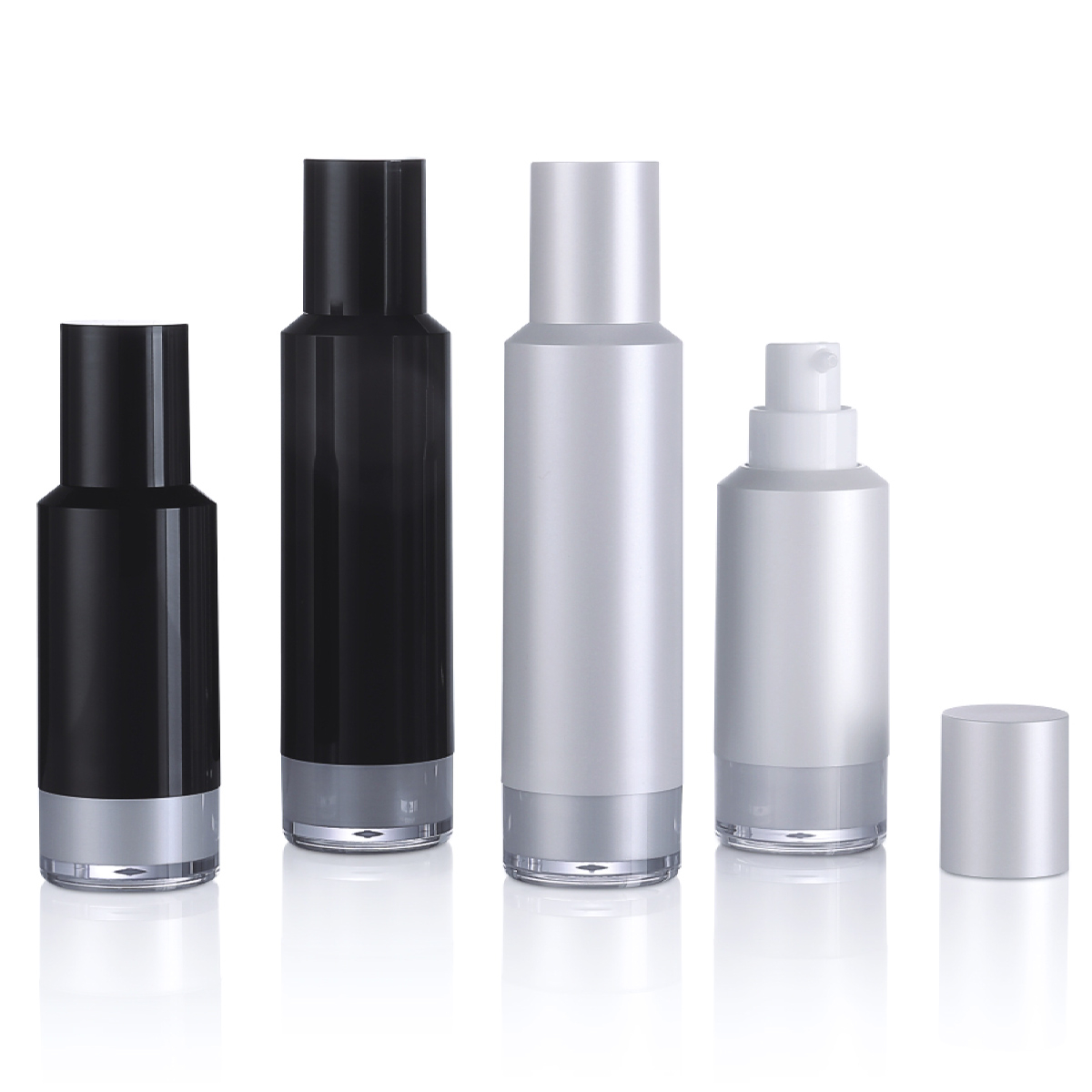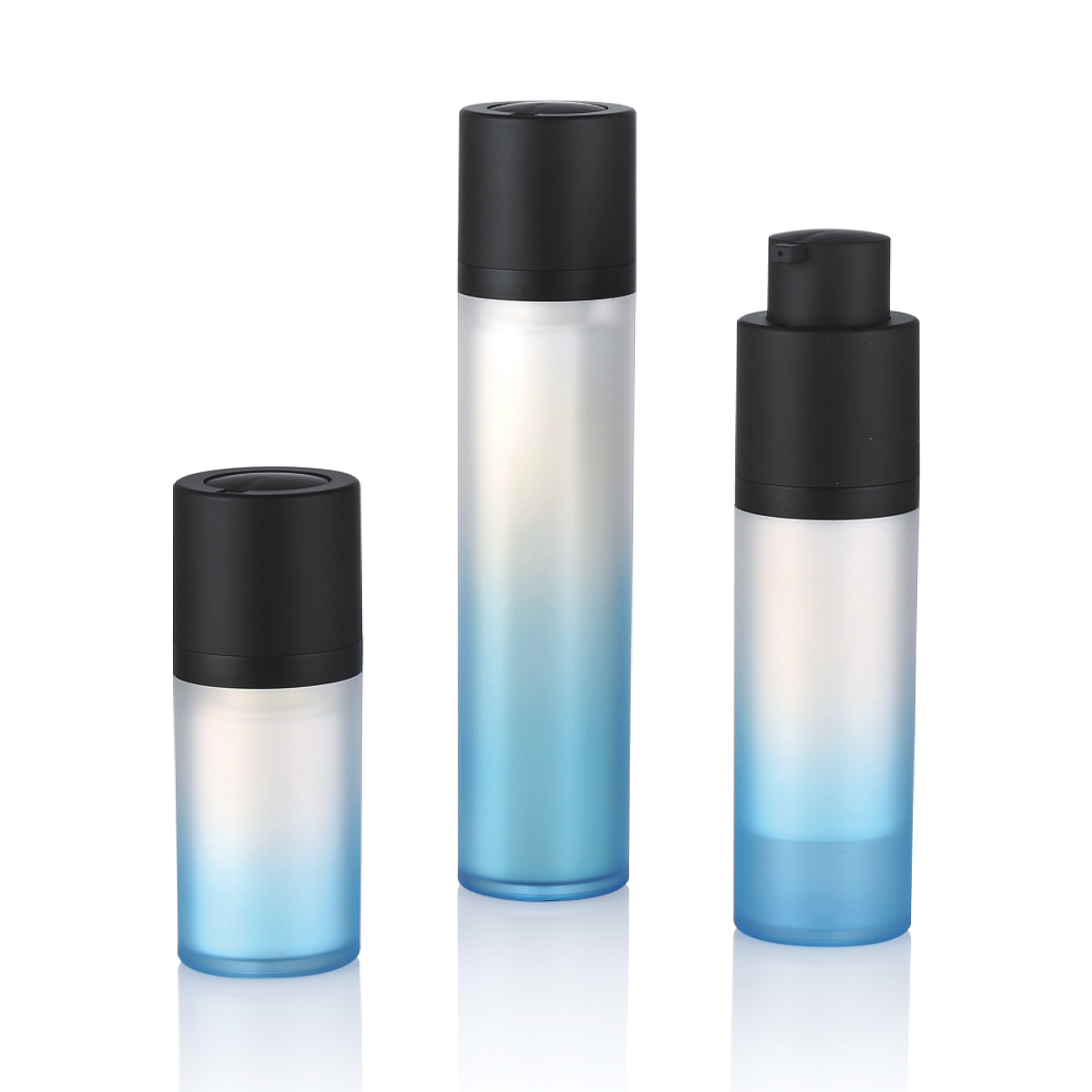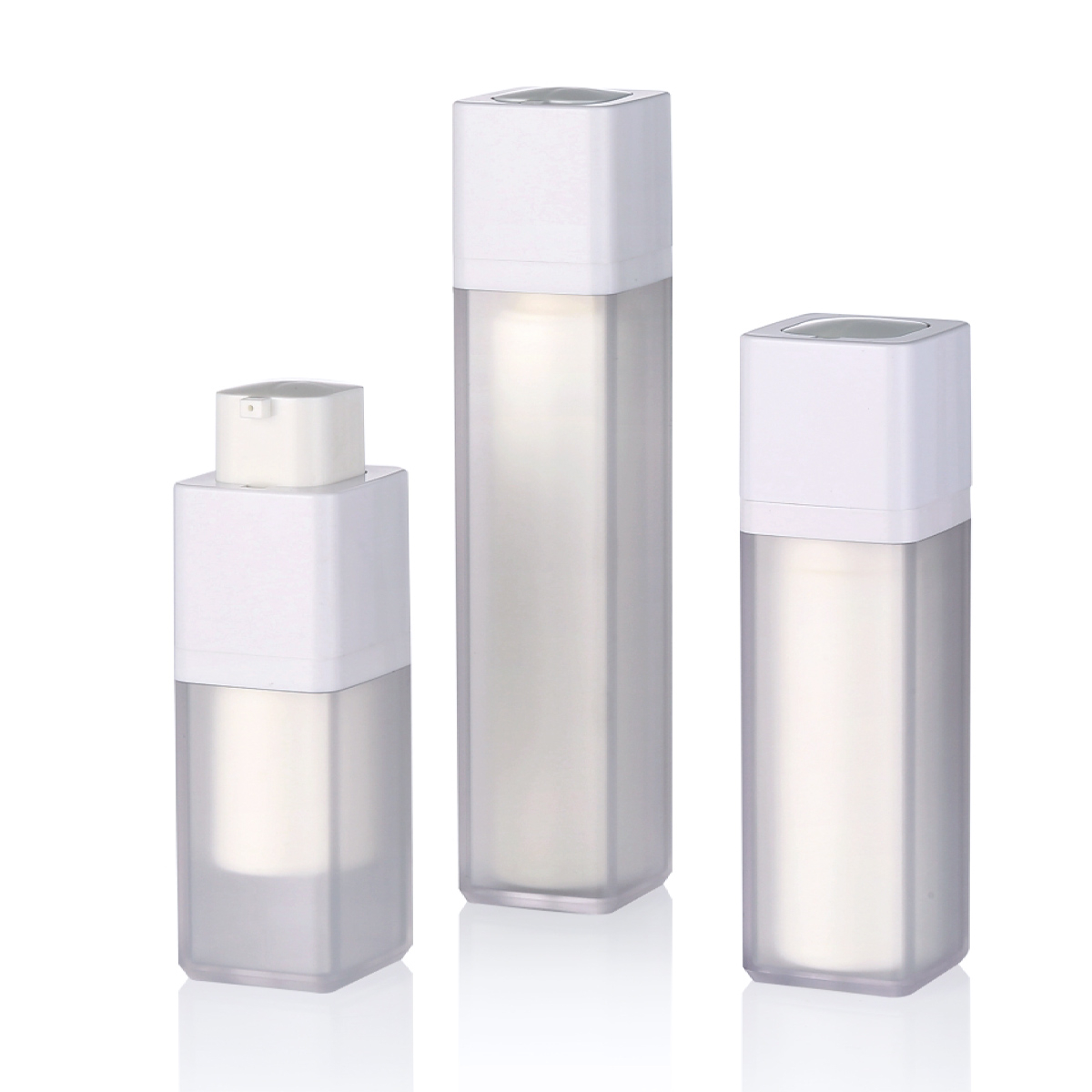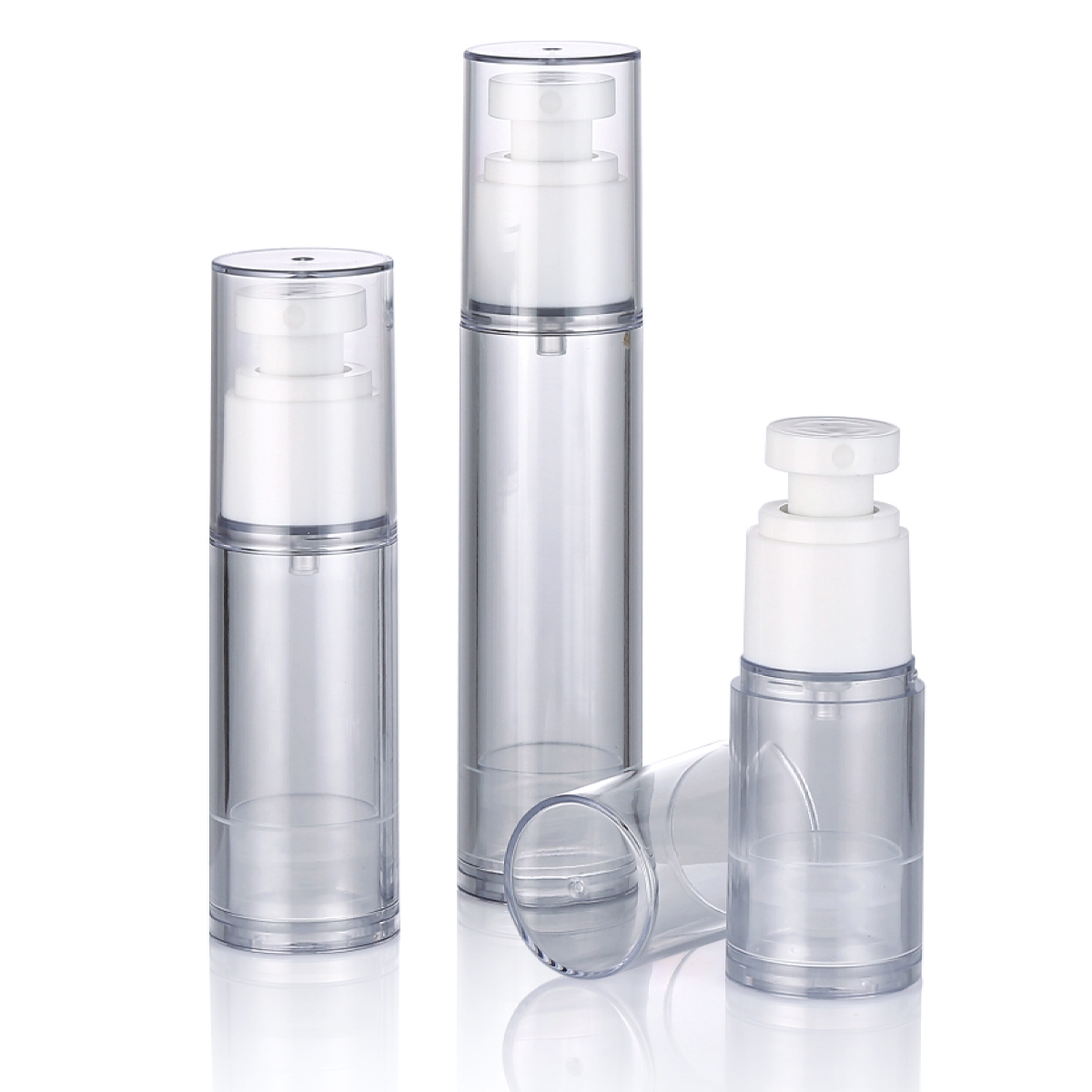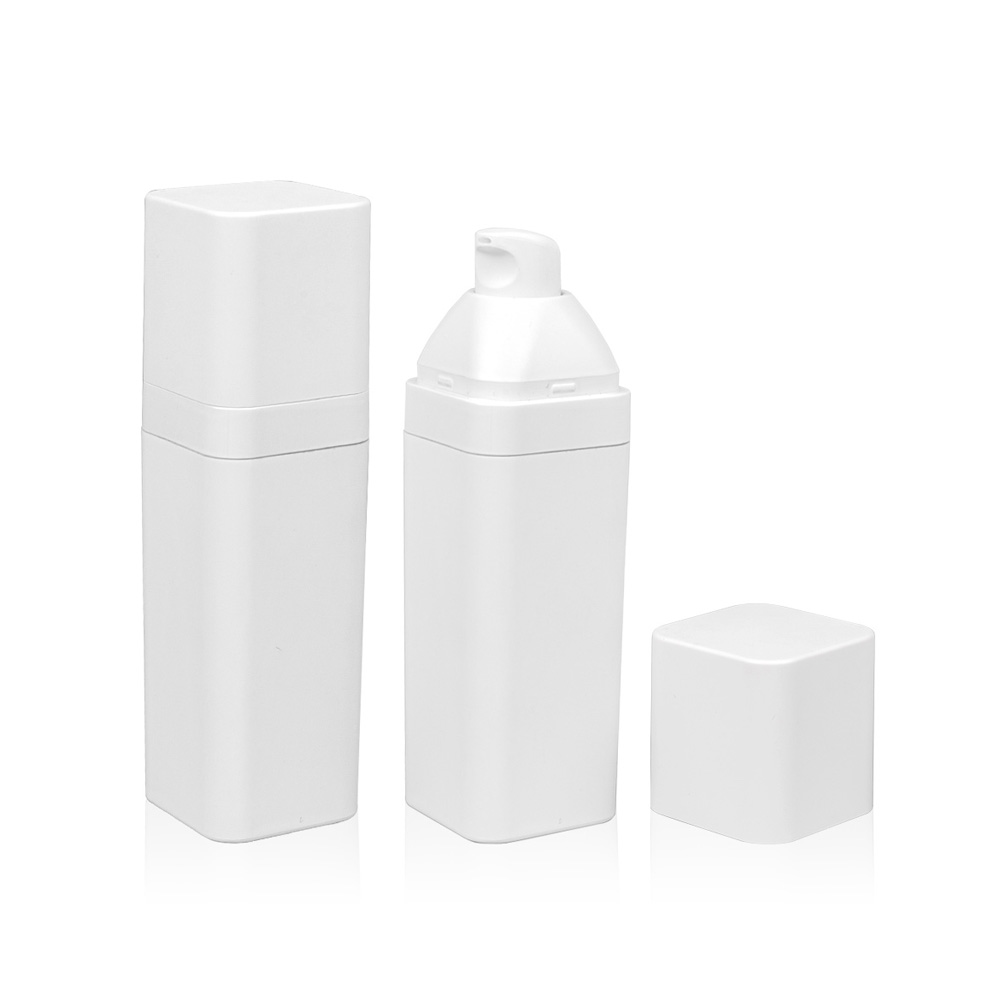Airless bottle technology has gained prominence in skincare and cosmetics packaging, prompting frequent questions about its performance during travel.
1. Compliance with Carry-On Regulations (TSA 3-1-1 Rule):
-
Critical Factor: Airless bottles themselves offer no inherent advantage regarding size. Their suitability for carry-on luggage depends entirely on their individual capacity.
-
Requirement: To comply with the TSA 3-1-1 rule (or equivalent airline regulations globally), the bottle must hold 100ml / 3.4 ounces or less of liquid. Many airless bottles are manufactured in travel-friendly sizes meeting this limit.
-
Recommendation: Carefully check the labeled capacity of the specific airless bottle before packing it in your carry-on. Ensure it adheres to the 100ml/3.4oz maximum per container.
2. Leak and Spill Prevention:
-
Mechanism: Airless bottles utilize a piston system that moves upward as product is dispensed, preventing air from entering the chamber. This creates a vacuum seal.
-
Travel Advantage: This sealed mechanism significantly reduces the risk of leakage or spills caused by cabin pressure changes during flights, a common issue with traditional bottles that allow air exchange. The absence of an air intake valve minimizes the pathways for product escape.
-
Consideration: While highly effective, ensure the pump mechanism is securely fastened and the bottle is stored upright within your liquids bag for optimal security.
3. Product Protection and Preservation:
-
Oxidation Barrier: The key functional benefit of an airless bottle is its barrier against air exposure. This prevents oxidation and degradation of sensitive ingredients (like vitamins C, A, retinoids) caused by contact with oxygen.
-
Contamination Barrier: The sealed system also minimizes the risk of contamination from external bacteria or environmental factors during transit.
-
Travel Relevance: Travel often involves exposure to varying temperatures, humidity, and light. While airless bottles offer excellent protection from air, they may not provide UV shielding unless specifically designed with opaque or UV-blocking materials. Protecting the bottle from excessive heat and direct sunlight remains important.
4. Durability and Material:
-
Construction: Airless bottles are typically constructed from durable plastics like PETG or PP. Their multi-component design (bottle, piston, pump) generally features robust construction.
-
Travel Resilience: These materials are resistant to cracking and impact under normal travel conditions, offering better protection than glass alternatives. The thickness of the plastic contributes to overall sturdiness.
5. Dispensing Efficiency:
-
Mechanism: The piston system ensures near-complete evacuation of the product, minimizing waste. This is advantageous when traveling, as it allows you to utilize virtually all the contents packed.
-
Control: Most airless pumps offer controlled, single-dose dispensing, reducing the chance of accidentally dispensing too much product while on the go.
Practical Packing Considerations for Airless Bottles:
-
Size Verification: Double-check capacity (<=100ml/3.4oz for carry-on).
-
Secure Closure: Ensure the pump head is tightly screwed on. Some travelers place a small piece of plastic wrap under the cap for an extra seal, though the design itself is inherently leak-resistant.
-
Liquids Bag: Place the airless bottle within the transparent, quart-sized, resealable bag required for carry-on liquids.
-
Upright Storage: Store the bottle upright within your luggage or liquids bag to maintain the integrity of the piston mechanism.
-
Temperature: Avoid exposing the bottle to extreme heat (e.g., left in a hot car), as this can potentially affect the product inside, even within the protective airless system.
Conclusion:
Airless bottles possess several design features that make them highly suitable for travel, particularly carry-on luggage, provided their capacity adheres to airline liquid restrictions. Their primary advantages are:
-
Significantly reduced risk of leaks and spills due to pressure changes.
-
Superior protection of contents from oxidation and contamination during transit.
-
Durable construction resistant to typical travel handling.
-
Efficient dispensing with minimal product waste.
When selecting an airless bottle for travel, prioritize confirmed capacity compliance (100ml/3.4oz or less) and ensure the pump is securely fastened. Their functional design directly addresses common travel-related packaging issues, making them a reliable and practical choice for transporting skincare and cosmetic products.

 English
English 中文简体
中文简体 Español
Español عربى
عربى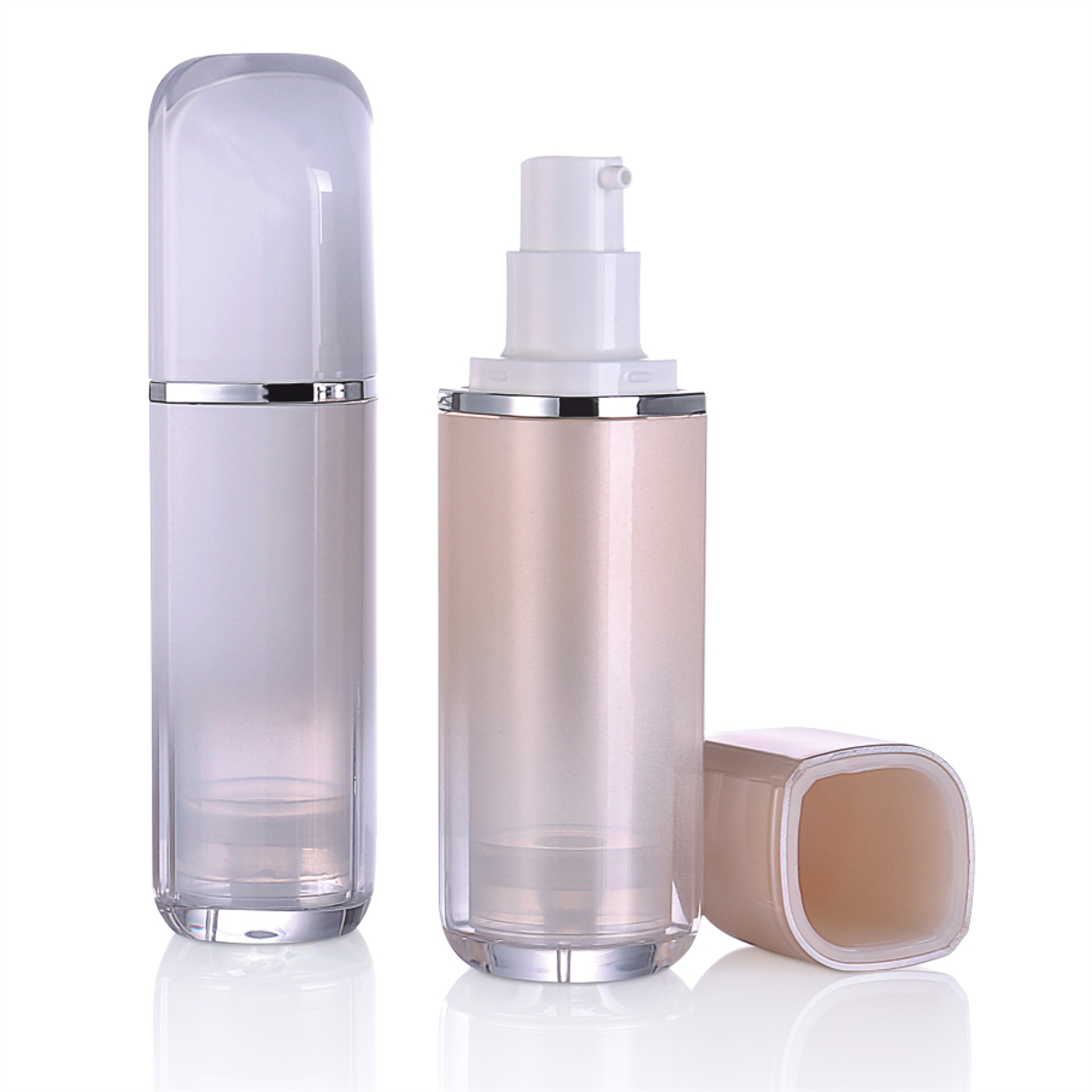
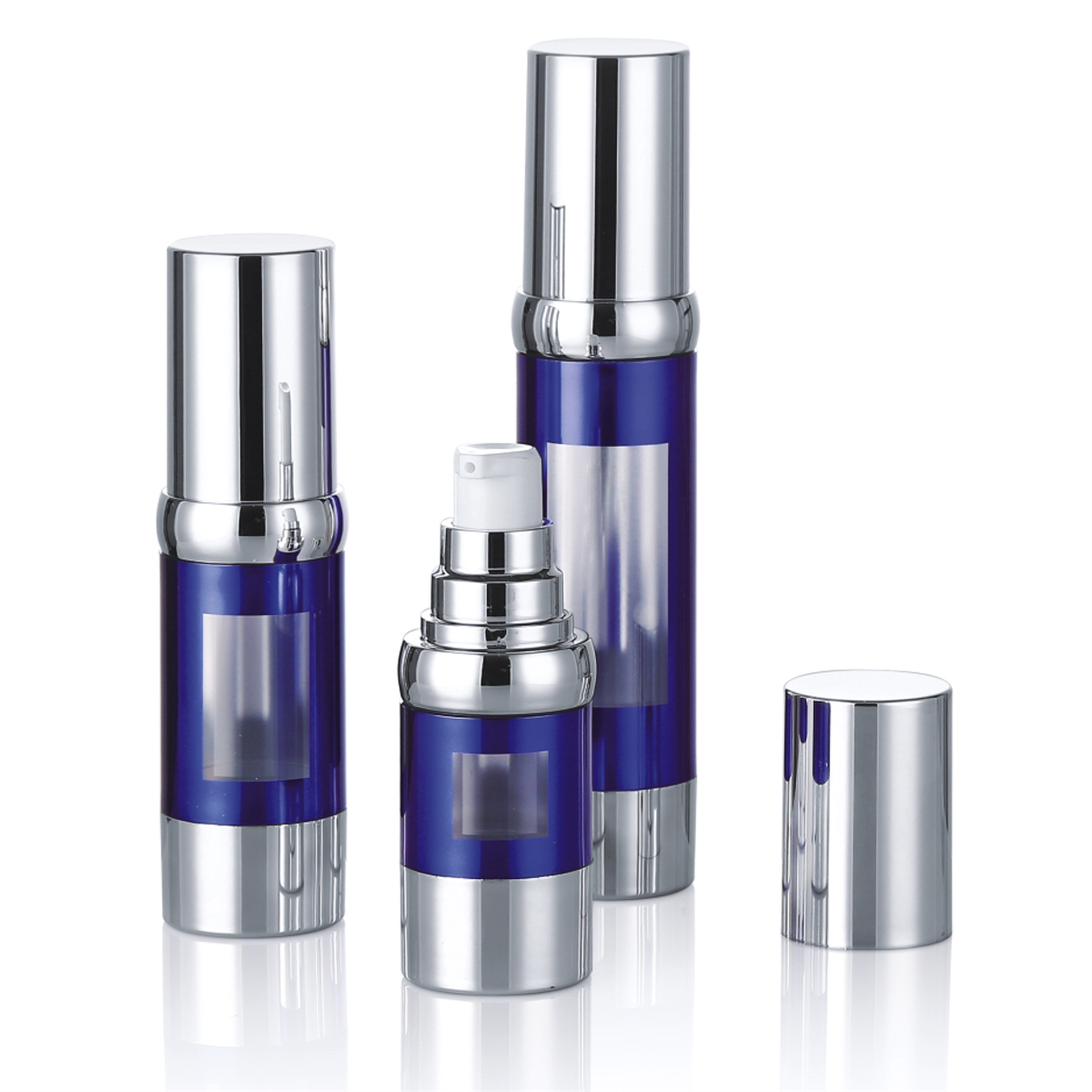
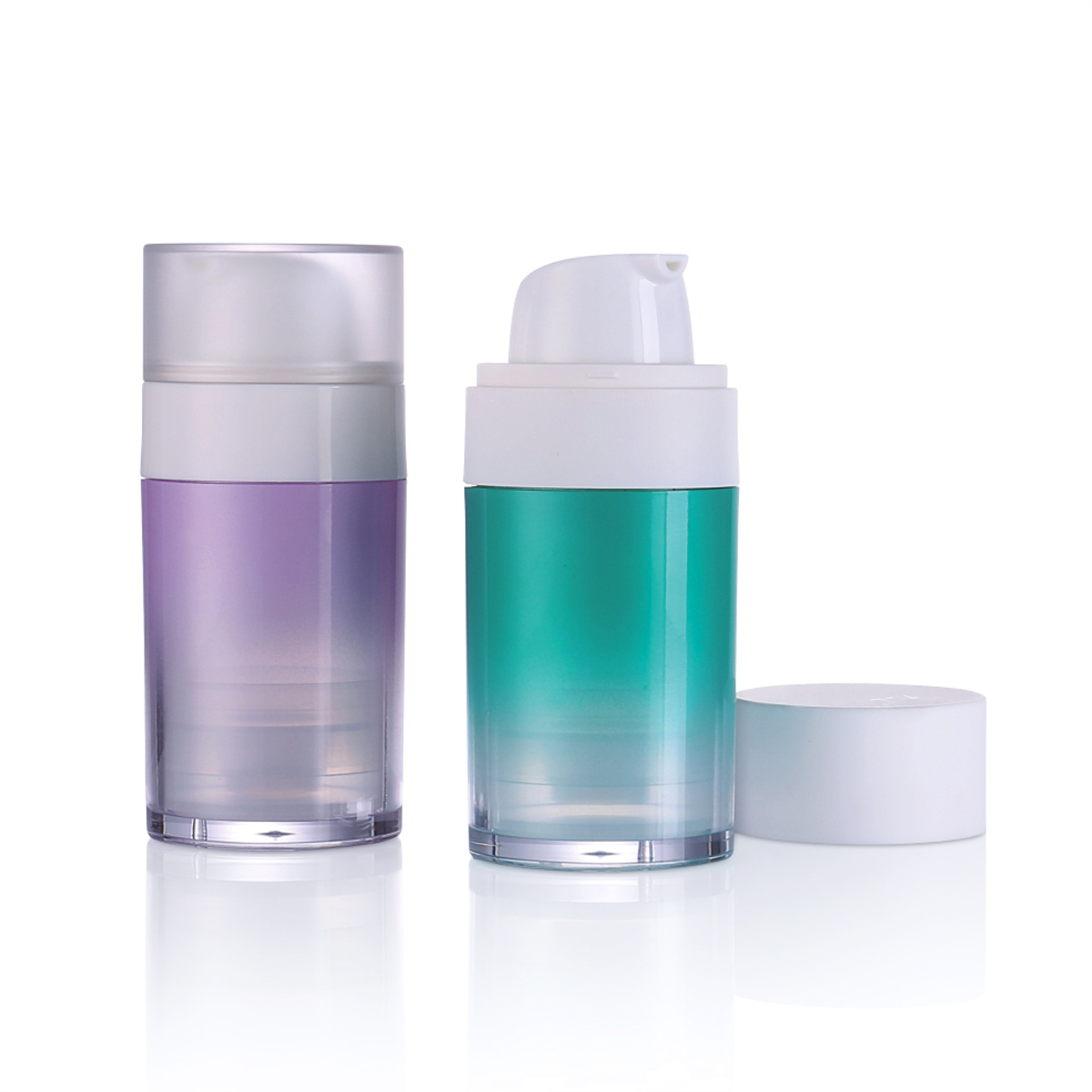
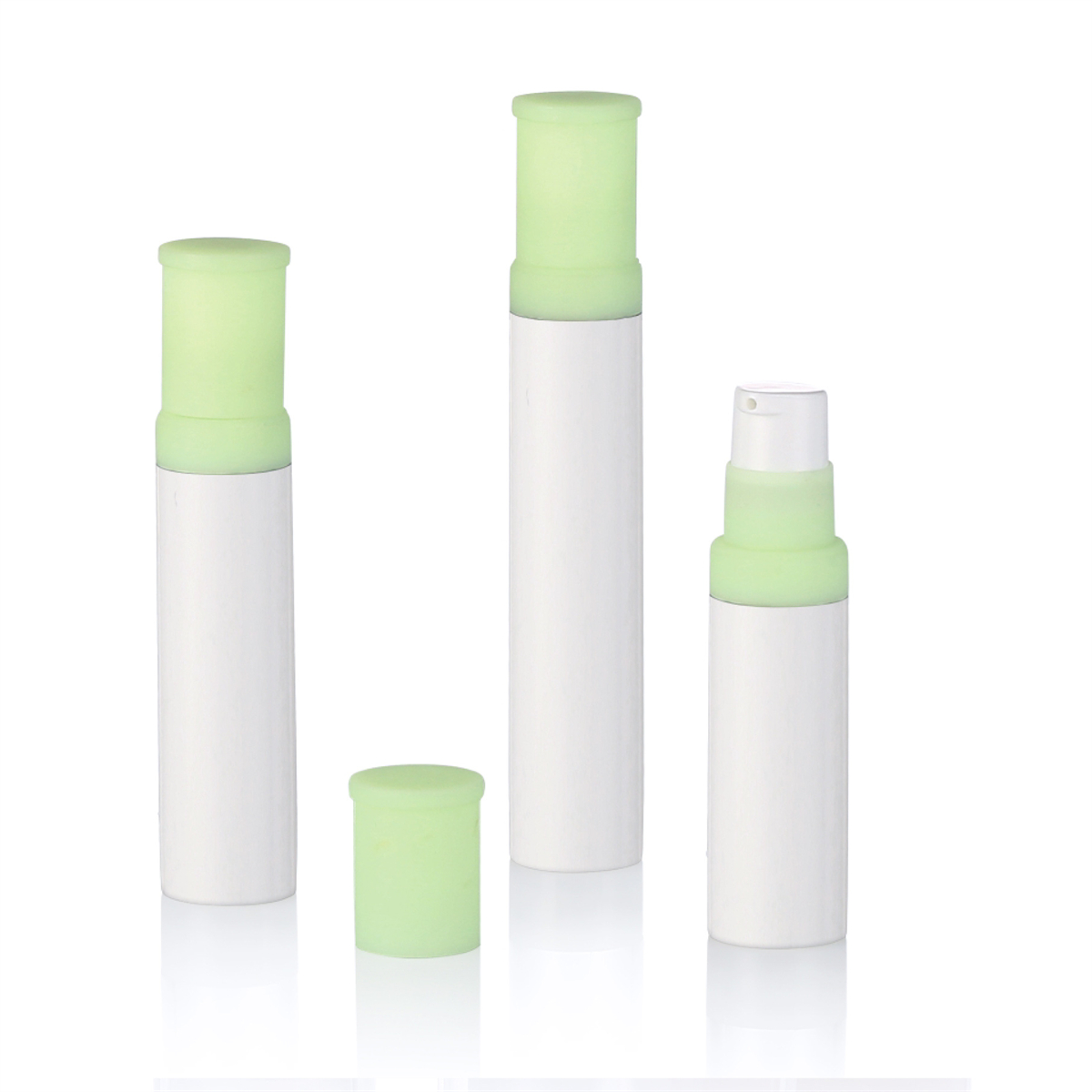
.jpg)
